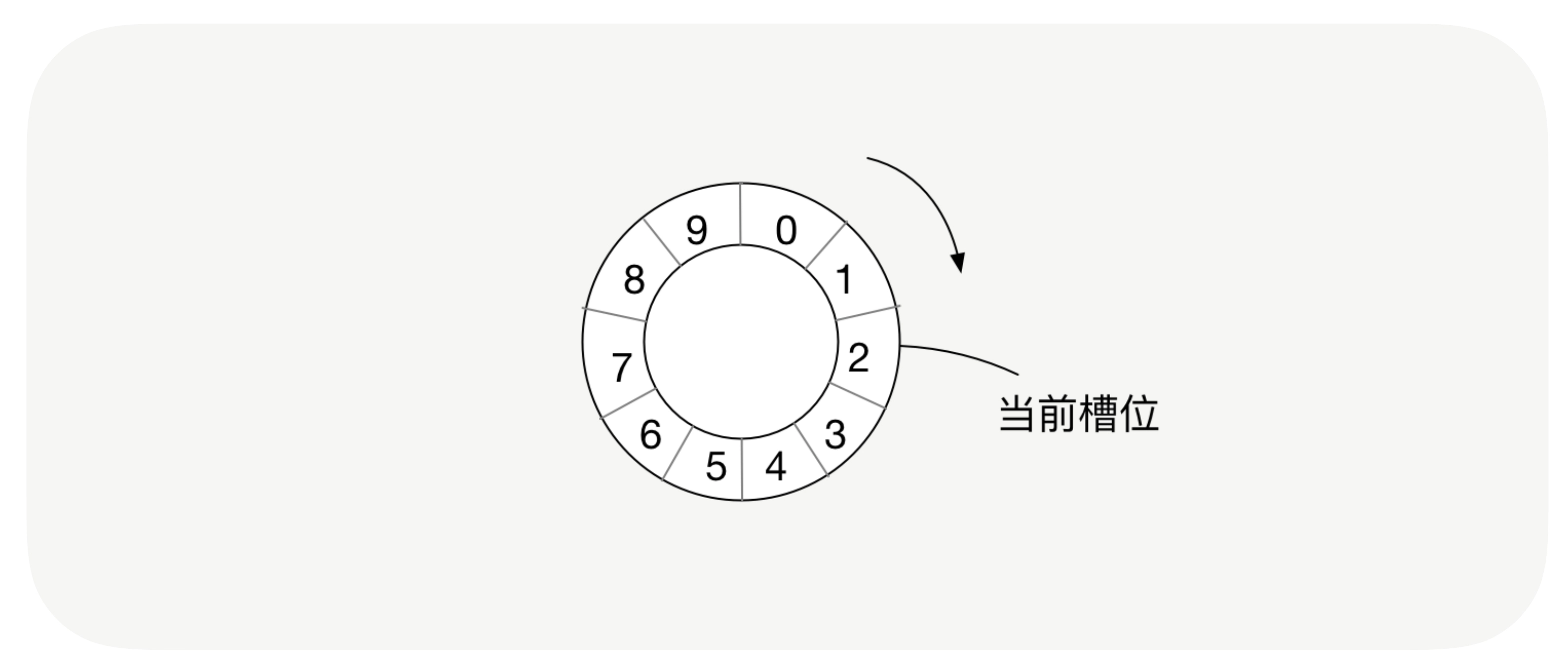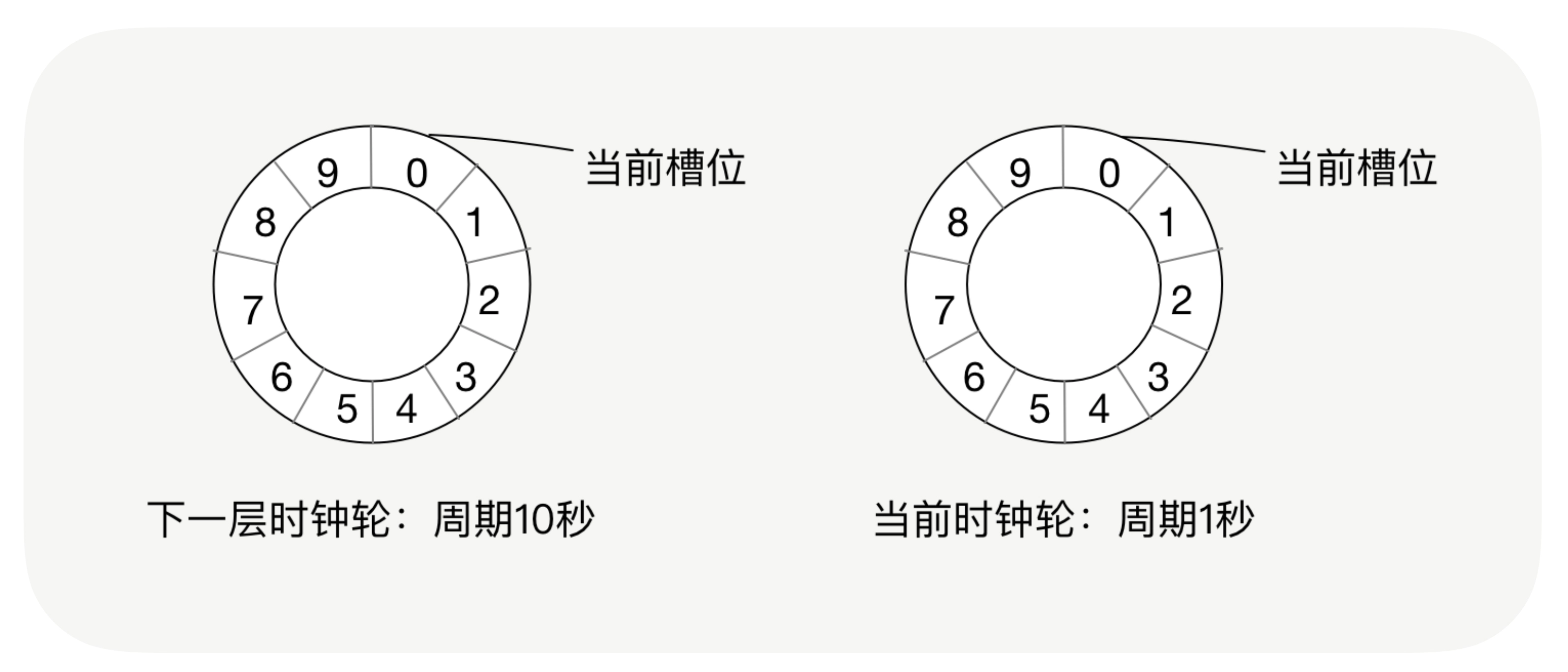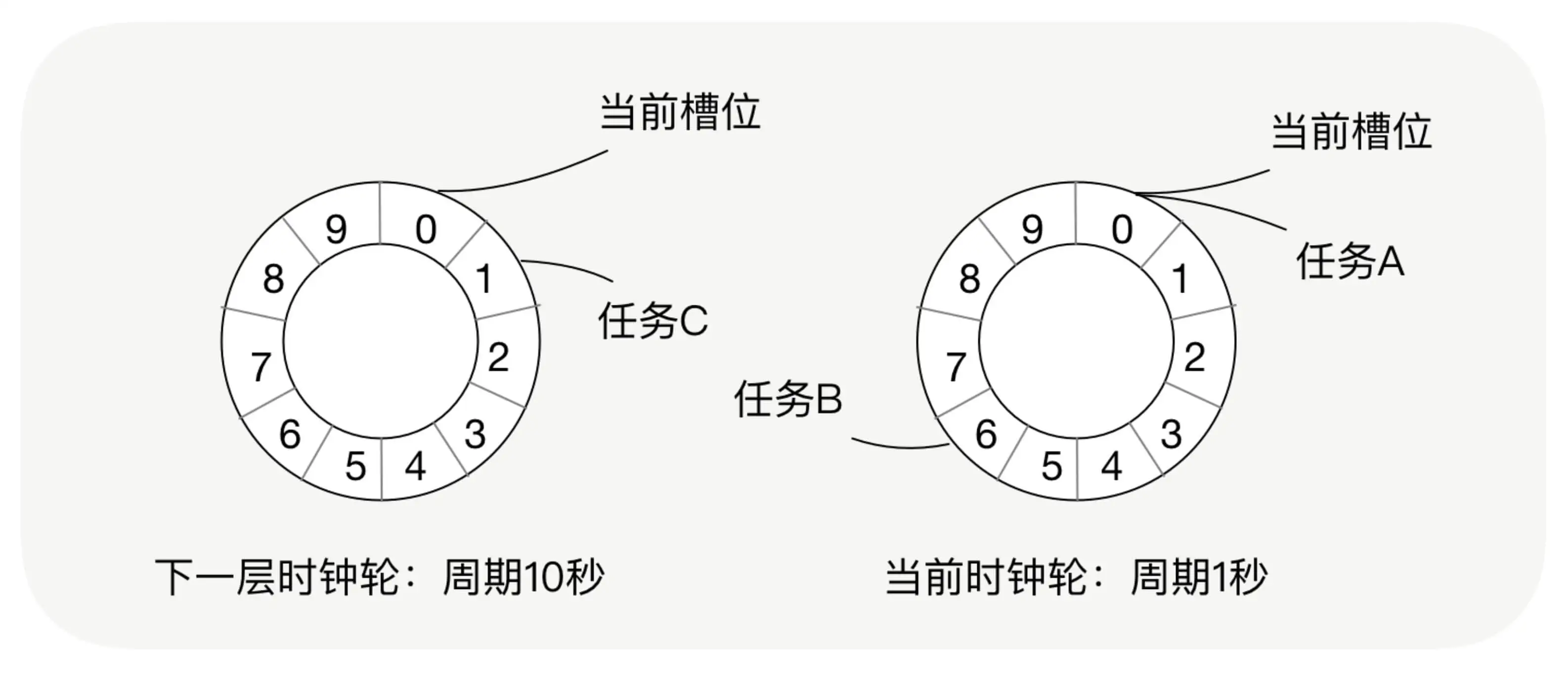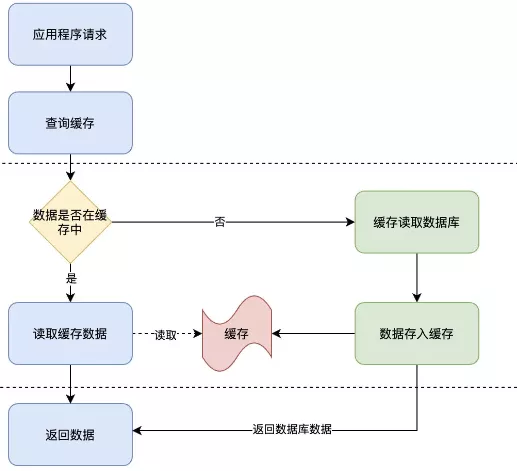当前位置:网站首页>Application of clock wheel in RPC
Application of clock wheel in RPC
2022-07-04 16:22:00 【North wind and other seas】
Today's article introduces RPC How to use the clock wheel to achieve timed tasks , For example, the timeout processing of the caller 、 Timed heartbeat ....
What problems do timed tasks bring ?
Before explaining the clock wheel , Let's talk about scheduled tasks first . I believe you are in the process of development , Many scenarios use timed tasks , stay RPC It is also used in many places in the framework . Take the processing logic of the caller request timeout as an example , Let's take a look RPC The framework deals with timeout requests .
In the interpretation of the Future When I said : Whether synchronous or asynchronous , The internal implementation of the caller is asynchronous , The caller will create a before sending a message to the server Future, And store this message ID and this Future Mapping , When the server receives the message and processes it, it sends a response message to the caller , After receiving the message, the caller will find this... According to the unique ID of the message Future, And inject the results into this Future.
In the process , What if the server does not respond to the message to the caller in time ? How should the caller handle the timeout request ?
you 're right , You can use timed tasks . One at a time Future, We all record this Future The creation time of is the same as this Future Timeout for , And there is a scheduled task to detect , When this Future When the timeout is reached and not processed , That's what we're interested in Future Execute timeout logic .
How to realize the scheduled task ?
There is an implementation method like this , It's also the simplest . For every one created Future We all start a thread , after sleep, The processing logic that triggers the request timeout when the timeout time is reached .
This way , It's really simple , It can also be used in some scenarios , But the disadvantages are also obvious . Just like the one I just mentioned Future Examples of timeout processing , If we are faced with highly concurrent requests , A single machine sends tens of thousands of requests per second , The request timeout is set to 5 second , How many threads should we create to execute the timeout task ? exceed 10 000 threads , This figure is really scary .
Don't worry. , We have another implementation . We can use one thread to handle all scheduled tasks , Just now Future An example of timeout processing . Suppose we want to start a thread , This thread runs every 100 Millisecond will scan all processing Future Timed out tasks , When you find a Future It's overtime , We will carry out this task , For this Future Execute timeout logic .
We use this method most , It also solves the problem of too many threads in the first way , But in fact, it also has obvious disadvantages .
It is also a highly concurrent request , Then the thread of the scanning task is every 100 How many scheduled tasks should be scanned in milliseconds ? If the caller happens to be 1 Sent in seconds 1 Ten thousand requests , this 1 Ten thousand requests must be made in 5 Seconds before the timeout , So the scanning thread is in this 5 You'll be talking about this in seconds 1 Ten thousand tasks are scanned and traversed , Additional scanning 40 many times ( Every time 100 One millisecond scan ,5 Scan in seconds 50 Time ), It's a waste CPU.
When we use timed tasks , The problems it brings , Is to make CPU A lot of additional polling traversal operations are done , wasted CPU, This phenomenon occurs when there are many scheduled tasks , especially .
What is a clock wheel ?
This problem is not difficult to solve , We just have to find a way , Just reduce the additional scanning operations . For example, my scheduled tasks are 5 Seconds later , I am here 4.9 Seconds later, it starts scanning these scheduled tasks , This greatly saves CPU. Then we can use the mechanism of the clock wheel .
Let's first look at the clock we use in our life .
I'm familiar with it , A clock has an hour hand 、 Minute and second hands , After the second hand beats for a week , That is, beating 60 After a scale , The minute hand beats 1 Time , The minute hand beats 60 A scale , Walk one step clockwise .
The realization principle of the clock wheel refers to the principle of clock beating in life .
In the clock wheel mechanism , There are time slots and clock wheels , The time slot is the scale of the clock , And the clock wheel is equivalent to a cycle of second hand and minute hand , We will put each task in the corresponding time slot .
The operating mechanism of the clock wheel is the same as that of the clock in life , Every fixed unit time , It will jump from one time slot to the next time slot , This is equivalent to our second hand beating once ;
The clock wheel can be divided into multiple layers , The unit time of each slot in the next layer clock wheel is the time of the whole cycle of the current time wheel , This is equivalent to 1 Minutes equal to 60 Second ; At that time, after the clock wheel beats all the slots of a cycle , It will take out a slot from the next clock wheel , Redistribute to the current clock wheel , The current clock wheel starts from 0 The groove starts beating again , This is equivalent to the... Of the next minute 1 second .
In order to facilitate you to understand the operating mechanism of the clock wheel , Let's use a scenario example to simulate , Let's watch this scene .
Suppose our clock wheel has 10 Slots , And the cycle of the clock round is 1 second , So the unit time of each slot is 100 millisecond , And the cycle of the next time wheel is 10 second , The unit time of each slot is 1 second , And the current clock wheel has just been initialized , That is the first. 0 jump , At present, it's in the second 0 Slots .
good , Now we have 3 A mission , They are tasks A(90 In milliseconds )、 Mission B(610 In milliseconds ) And task C(1 second 610 In milliseconds ), We will 3 Add a task to the clock wheel , Mission A Put in the second place 0 Slot position , Mission B Put in the second place 6 Slot position , Mission C Put on the next level of the time wheel 1 Slot position , As shown in the picture below .
When tasks A Just put into the clock wheel , It was immediately executed , Because it was placed in the 0 Slot position , The current time round just jumps to 0 Slot position ( Actually, it hasn't started beating yet , Status is No 0 jump );600 In milliseconds , The time wheel has been carried out 6 jump , The current slot is 6 Slot position , The first 6 All tasks in the slot are taken out and executed ;1 Seconds later , The... Of the current clock wheel 9 The jump is over , A new beginning 0 jump , At this time, the next clock wheel starts from 0 Jump to the 1 jump , Will be the first 1 Take out the task of slot , Distributed to the current clock wheel , Then the task C Take it out of the clock wheel of the next layer and put it in the... Of the current clock wheel 6 Slot position ;1 second 600 In milliseconds , Mission C Be performed .
After watching this scene , I believe you have understood the mechanism of the clock wheel . In this case , The scanning cycle of the clock wheel is still 100 millisecond , But the task has not been scanned repeatedly , It perfectly solves CPU The problem of waste .
This mechanism is not difficult to understand , But it is still very difficult to realize , There are also many problems to pay attention to .
Where is the clock wheel RPC Application in
Through the explanation of the clock wheel just now , I believe you can see , It is used to perform scheduled tasks , Can say in RPC As long as timing related operations are involved in the framework , We can use the clock wheel .
that RPC In which function implementation will the framework use it ?
The caller request timeout processing I just mentioned for example , Here we can apply it to the clock wheel , Every time we send a request , Create a timed task to handle request timeout and put it in the clock wheel , In high concurrency 、 In the case of high traffic , The clock wheel only poll the tasks in one time slot at a time , This will save a lot of CPU.
The startup timeout of the caller and the server can also be applied to the clock wheel , Take the caller as an example , Suppose we want to make the application deploy quickly , for example 1 In minutes , If exceeded 1 Minutes, start failed . We can create a scheduled task to handle the startup timeout when the caller starts , Put it in the clock wheel .
besides , What else can you think of RPC Where can the frame be applied to the clock wheel ? And regular heartbeat .RPC The framework caller sends heartbeat to the server regularly , To maintain connectivity , We can encapsulate the heartbeat logic as a heartbeat task , Put it in the clock wheel .
At this time, you may have a question , The heartbeat is repeated regularly , The task in the clock wheel is removed once it is executed , How do we deal with this kind of timing task that needs to be repeated ? At the end of the execution logic of the scheduled task , We can reset the execution time of this task , Throw it back into the clock wheel .
summary
Today we mainly talk about the mechanism of the clock wheel , And the clock wheel is RPC Application in the framework
This mechanism solves the problem of , Because each task creates a thread , Resulting in the problem of creating too many threads , And a thread scans all scheduled tasks , Give Way CPU Do a lot of extra polling traversal operations and waste CPU The problem of .
The implementation mechanism of the clock wheel is to simulate the clock in real life , Put each scheduled task on the corresponding time slot , This can reduce the additional traversal of other time slot timing tasks when scanning tasks .
In the use of time wheel , There are some problems that need your extra attention :
The shorter the unit time of the time slot , The more precise the time wheel triggers the task . For example, the unit time of the time slot is 10 millisecond , Then the time error of executing the scheduled task is 10 In milliseconds , If it is 100 millisecond , So the error is 100 In milliseconds The more slots of the time wheel , Then the probability of a task being scanned repeatedly is smaller , Because only the tasks in the multi-layer clock wheel will be scanned repeatedly . For example, the slot of a time wheel has 1000 individual , The unit time of a slot is 10 millisecond , Then the unit time of a slot in the next time wheel is 10 second , exceed 10 The second timed task will be put into the next time wheel , That is, only more than 10 The second timed task will be scanned and traversed twice , But if the slot is 10 individual , So over 100 Millisecond task , It will be scanned and traversed twice .
Combined with these characteristics , We can depend on the specific business scenario , Set the cycle of the clock wheel and the number of time slots .
stay RPC In the frame , As long as it involves scheduled tasks , We can all use the clock wheel , A typical example is the timeout processing at the caller 、 The startup timeout and timed heartbeat of the caller and the server .
边栏推荐
- LeetCode 35. Search the insertion position - vector traversal (O (logn) and O (n) - binary search)
- Find numbers
- MySQL learning notes - data type (numeric type)
- AI system content recommendation issue 24
- MySQL学习笔记——数据类型(2)
- How to rapidly deploy application software under SaaS
- Object distance measurement of stereo vision
- C implementation defines a set of intermediate SQL statements that can be executed across libraries
- 2022年九大CIO趨勢和優先事項
- MySQL learning notes - data type (2)
猜你喜欢

Dry goods | fMRI standard reporting guidelines are fresh, come and increase your knowledge

Weekly recruitment | senior DBA annual salary 49+, the more opportunities, the closer success!

干货 | fMRI标准报告指南新鲜出炉啦,快来涨知识吧

Redis' optimistic lock and pessimistic lock for solving transaction conflicts

Interface test - knowledge points and common interview questions
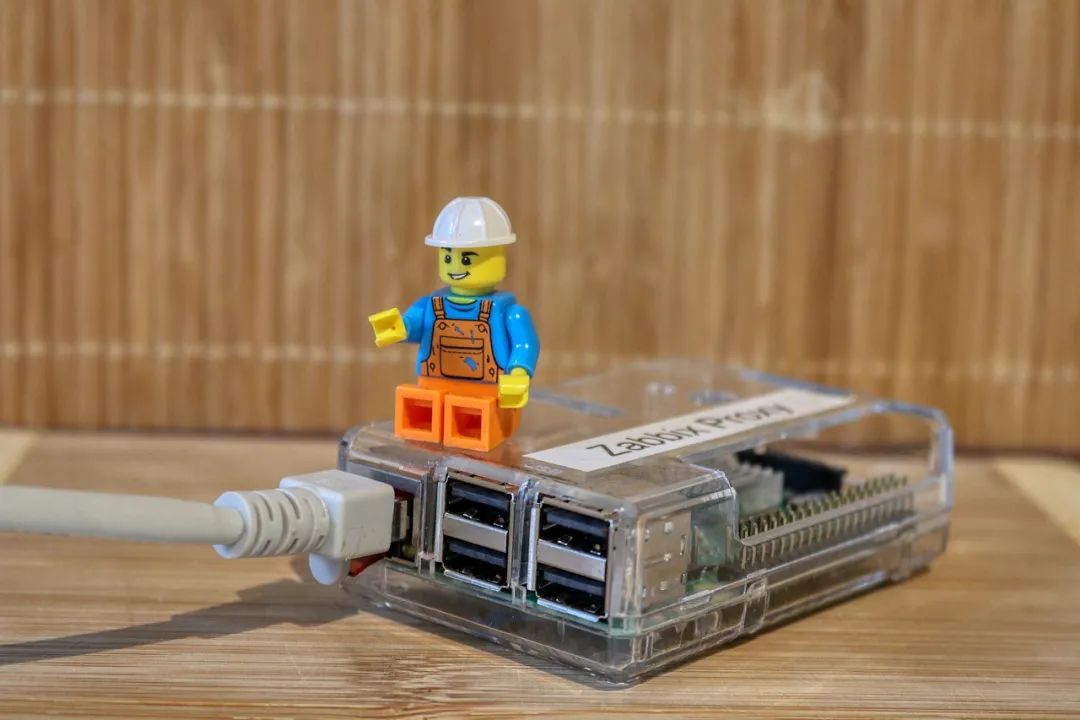
這幾年爆火的智能物聯網(AIoT),到底前景如何?
Redis shares four cache modes

Will the memory of ParticleSystem be affected by maxparticles

Vscode prompt Please install clang or check configuration 'clang executable‘
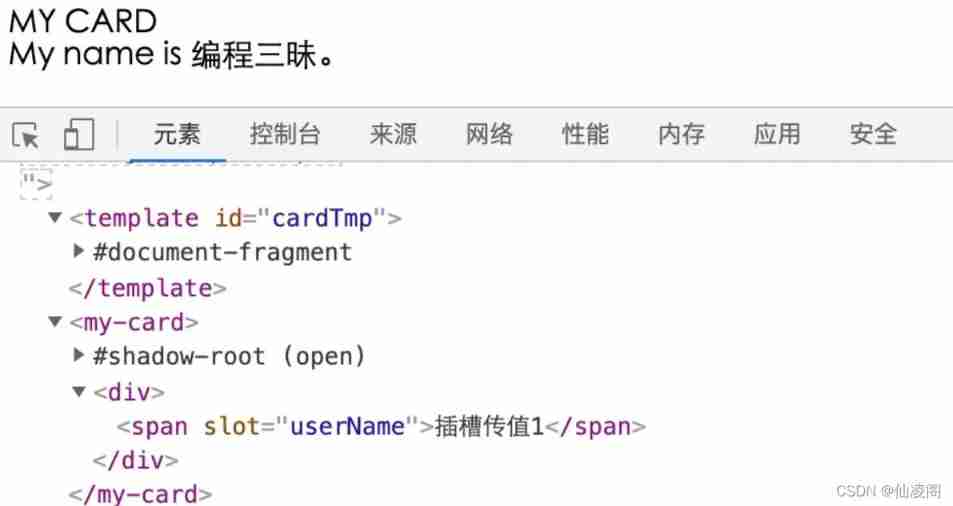
Web components series - detailed slides
随机推荐
lnx 高效搜索引擎、FastDeploy 推理部署工具箱、AI前沿论文 | ShowMeAI资讯日报 #07.04
Understand Alibaba cloud's secret weapon "dragon architecture" in the article "science popularization talent"
Salient map drawing based on OpenCV
深入JS中几种数据类型的解构赋值细节
Actual combat | use composite material 3 in application
Qt---error: ‘QObject‘ is an ambiguous base of ‘MyView‘
Functional interface, method reference, list collection sorting gadget implemented by lambda
Lombok使用引发的血案
Selenium element interaction
Common API day03 of unity script
Book of night sky 53 "stone soup" of Apache open source community
The four most common errors when using pytorch
What does IOT engineering learn and work for?
[book club issue 13] coding format of video files
在芯片高度集成的今天,绝大多数都是CMOS器件
Unity脚本常用API Day03
How can floating point numbers be compared with 0?
odoo数据库主控密码采用什么加密算法?
Stress, anxiety or depression? Correct diagnosis and retreatment
Scientific research cartoon | what else to do after connecting with the subjects?

